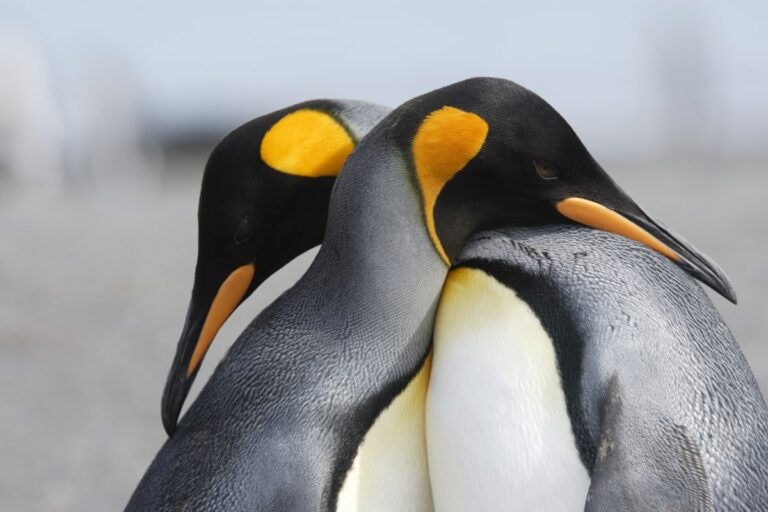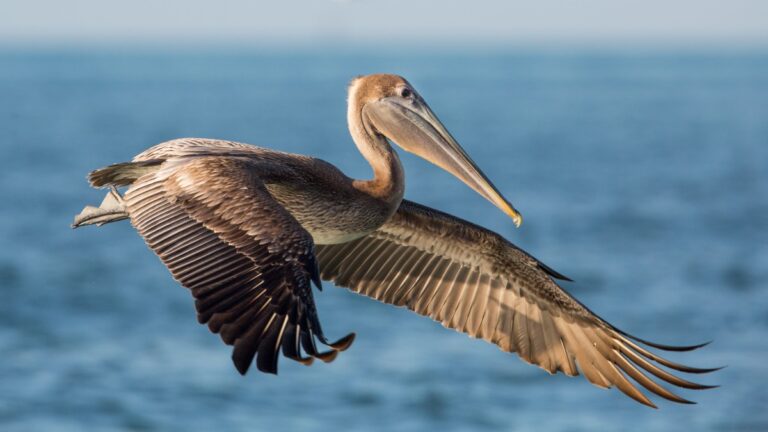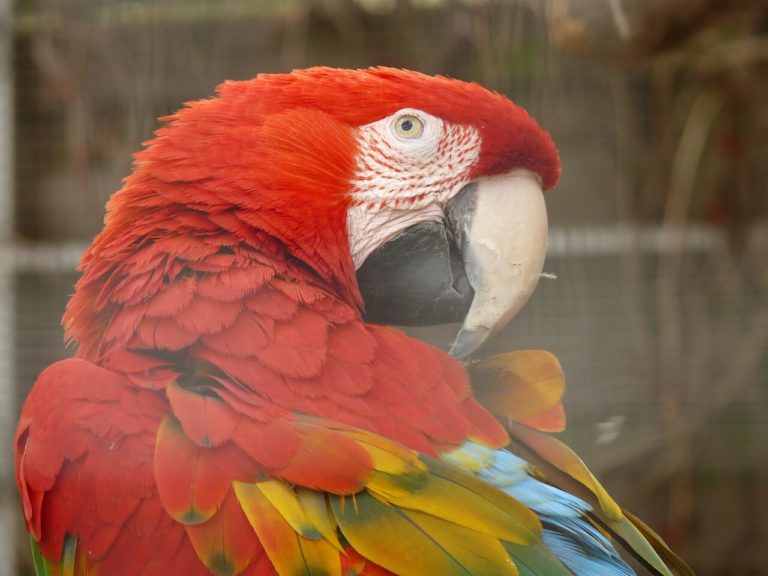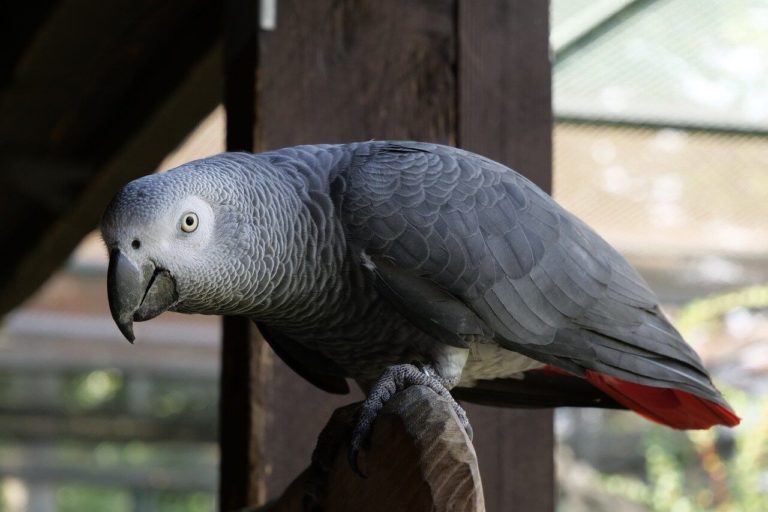The Essentials
A penguin is a bird, not a duck, although like ducks, penguins are flightless and have a strong affinity for water. More on that here…
Penguins predominantly live in the Southern Hemisphere, particularly in Antarctica, but some species can also be found along the coasts of South America, Africa, Australia, and New Zealand. More here…
Penguins are popular due to their distinctive tuxedo-like appearance, their endearing waddle, and their portrayal in various media as friendly and comical characters. Learn more about penguins here…
Did you know that the animal world has its own tuxedo-clad comedians? Say hello to penguins, the charming and fascinating stars of Antarctica. No two penguins are alike, and they are a group of flightless birds that live almost exclusively in the Southern Hemisphere. Let’s dive in and get to know these wonderful creatures a little better.
Species Spotlight: Discovering Penguin Diversity

The 18 species of penguins, ranging in size, behavior, and habitat, truly illuminate the diversity of life on Earth.
Emperor Penguin: The Majestic Monarch
Standing nearly four feet tall, Emperor penguins are the largest of all penguin species and a sight to behold. Native to Antarctica, these penguins are known for their incredible resilience and ability to survive the harshest winters on Earth. One outstanding fact about these monarchs of the penguin world? They are the only species to breed during the Antarctic winter!
Adélie Penguin: The classic look
Adélie penguins are probably what you picture when you think of a “typical” penguin. With their black backs and completely white bellies, they’re easy to spot. They’re also known for their feisty behavior. Adélie penguins, named after the wife of French explorer Jules Dumont d’Urville, inhabit the Antarctic coast and nearby islands.
Tip: Keep an open mind as you delve into the intricate world of penguins – there’s so much more to these creatures than meets the eye!
King penguin: The Colorful Sovereign
King penguins are the second largest species and are known for their vibrant coloration. They have a sleek, streamlined body with a black head, silvery-gray upperparts, and a bright orange-yellow patch on the top of their chest. King penguins are found on sub-Antarctic islands where they form large breeding colonies.
African Penguin: The warm-weather resident
Not all penguins like ice and cold. The African Penguin is a perfect example. Living in colonies along the rocky coastlines of southern Africa, these penguins are adept at surviving in warmer climates. They are easily recognized by the black C-shaped line that curves around their white breast, making each penguin uniquely identifiable.
Little Blue Penguin: The smallest of them all
The little blue penguin, also known as the fairy penguin, holds the title of smallest penguin species, standing just over a foot tall. Don’t let their size fool you though, they are excellent swimmers and can spend up to 80% of their lives in the ocean. These little penguins can be found along the coasts of southern Australia and New Zealand.
The Penguin Lifestyle: More than just waddling
To most of us, the life of a penguin might seem pretty simple, but there’s so much more to these fascinating birds than waddling across the ice. Let’s take a closer look at their daily routines, social behaviors, and unique adaptations that make them one of the most interesting species on our planet.
In the water: Born to swim
Most penguin species spend up to 75% of their lives in the water. Penguins are natural swimmers, thanks to their streamlined bodies and strong, paddle-like flippers. Some species can reach speeds of up to 22 miles per hour! Penguins’ impressive diving skills also allow them to dive to extraordinary depths in search of food; emperor penguins have been known to dive to depths of 1,800 feet – that’s more than five football fields straight down!
On land: Masters of the Waddle
On land, the penguin’s primary mode of transportation is the waddle. It may look funny to us, but this unique way of walking helps penguins conserve energy. In addition, to move faster on snow, penguins often slide on their bellies, a technique known as sledding. This not only gets them to their destination faster, but also saves energy and reduces wear and tear on their feathers.
Social life: The group mentality
Penguins are incredibly gregarious creatures. Most species live in large colonies called rookeries, which can contain thousands or even millions of penguins. There’s safety in numbers, and living in such large groups helps protect them from predators.
Parenting: A true team effort
In the harsh conditions of the Antarctic, penguin parenting is a shared responsibility. Both males and females take turns incubating the eggs and hunting for food. In the case of emperor penguins, the males even incubate the eggs during the harsh winter months while the females go out to sea to feed.
Penguins and their diet: Masters of Seafood

Just as humans have diverse food preferences, penguins have their own favorite menu items. Let’s take a closer look at the diet of these master foragers of the sea, what they eat, and how their diet affects their behavior and survival.
A seafood feast
Penguins feed primarily on seafood, including krill, squid, and various species of fish. Depending on the species of penguin and where they live, the type and amount of food they eat can vary greatly. For example, King and Emperor penguins, which live in colder Antarctic environments, rely heavily on fish and squid, while smaller species, such as the little blue penguin, consume more krill.
Hunting Tactics
Penguins are formidable hunters, using their sharp beaks, excellent swimming speed and deep diving abilities to catch their prey. They typically hunt during the day, when their exceptional underwater vision gives them an advantage over their prey. Penguins’ black and white plumage also plays a role in their hunting strategy, providing camouflage for both predators and prey.
Adaptation to salt water
One of the most fascinating adaptations of penguins is their ability to drink seawater. They have a special gland behind their eyes, the supraorbital gland, that filters salt from their bloodstream. The excess salt is then excreted through their beaks, allowing them to stay hydrated even in the salty ocean environment.
The impact of climate change on penguin diets
Climate change is causing shifts in the abundance and distribution of penguin food sources, particularly krill. This shift poses a significant threat to some penguin species, particularly those that rely heavily on krill, such as the Adélie and Chinstrap penguins.
Life on Ice: The Challenges Penguins Face

While penguins may make their icy lives look easy, surviving in such extreme conditions presents unique challenges. Let’s take a closer look at the obstacles these intrepid birds must overcome to thrive in their frosty home.
Tip: Remember, the survival and well-being of these amazing creatures are tied to the health of our planet’s ecosystems – each action we take to reduce our environmental impact helps protect penguins and their habitats.
Adapting to extreme weather
One of the biggest challenges penguins face is surviving the frigid temperatures of their Antarctic habitat. Penguins have several adaptations to deal with this, including a layer of insulating feathers and a thick layer of blubber. In particularly harsh weather, however, survival can still be a struggle. Penguins will often huddle together in large groups for warmth, sharing body heat to survive the harsh conditions.
Climate Change: An emerging challenge
Rapid climate change is a major challenge for penguins. Rising temperatures are causing ice to melt earlier each year, which can disrupt penguin breeding cycles. Changes in sea temperature also affect the distribution and abundance of their food sources.
Human disturbance: An unwelcome encounter
Another major challenge for penguins is human activity. Pollution, such as oil spills, can be deadly to penguins, damaging their waterproof feathers and making it harder for them to stay warm. In addition, human disturbance from tourism and research can stress penguins and disrupt their normal behavior.
Penguins – a source of endless fascination
So there you have it. Penguins are more than just cute birds in tuxedos. They are skilled divers, fast swimmers, seafood lovers, and resilient creatures who face significant challenges. They serve as important indicators of the health of our marine ecosystems. The more we know about penguins, the better we can protect them and their habitats.








